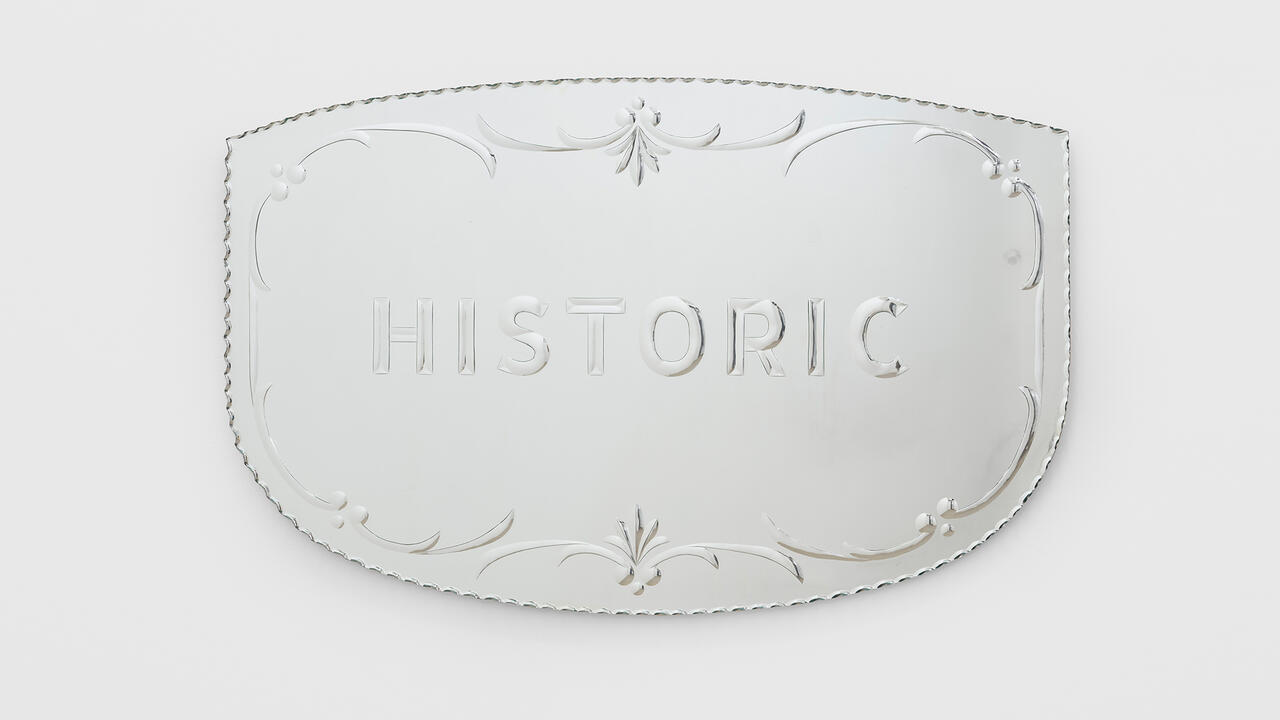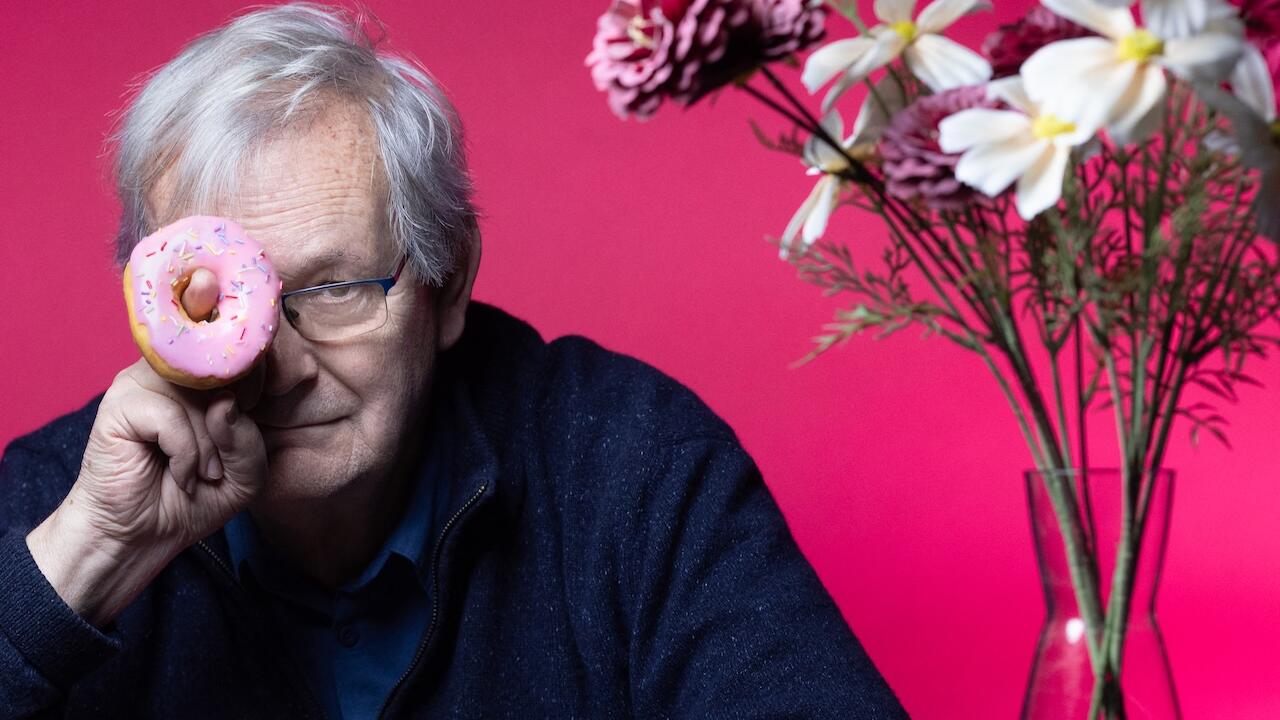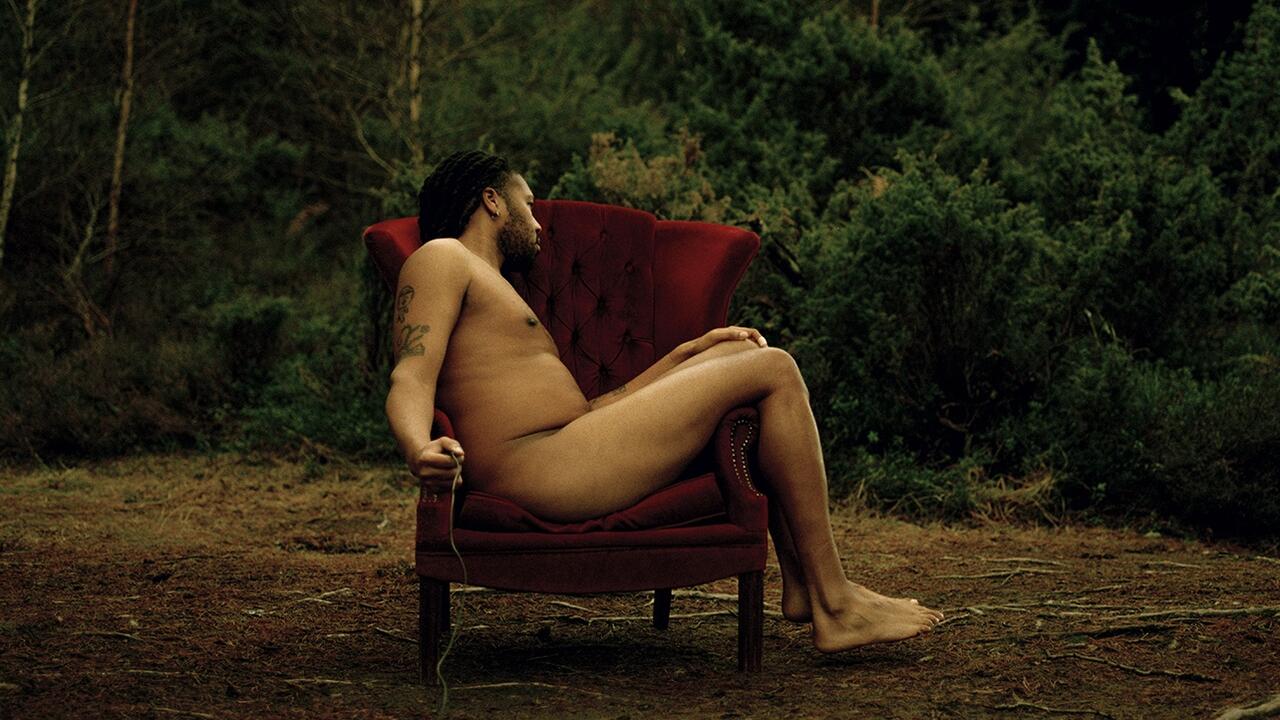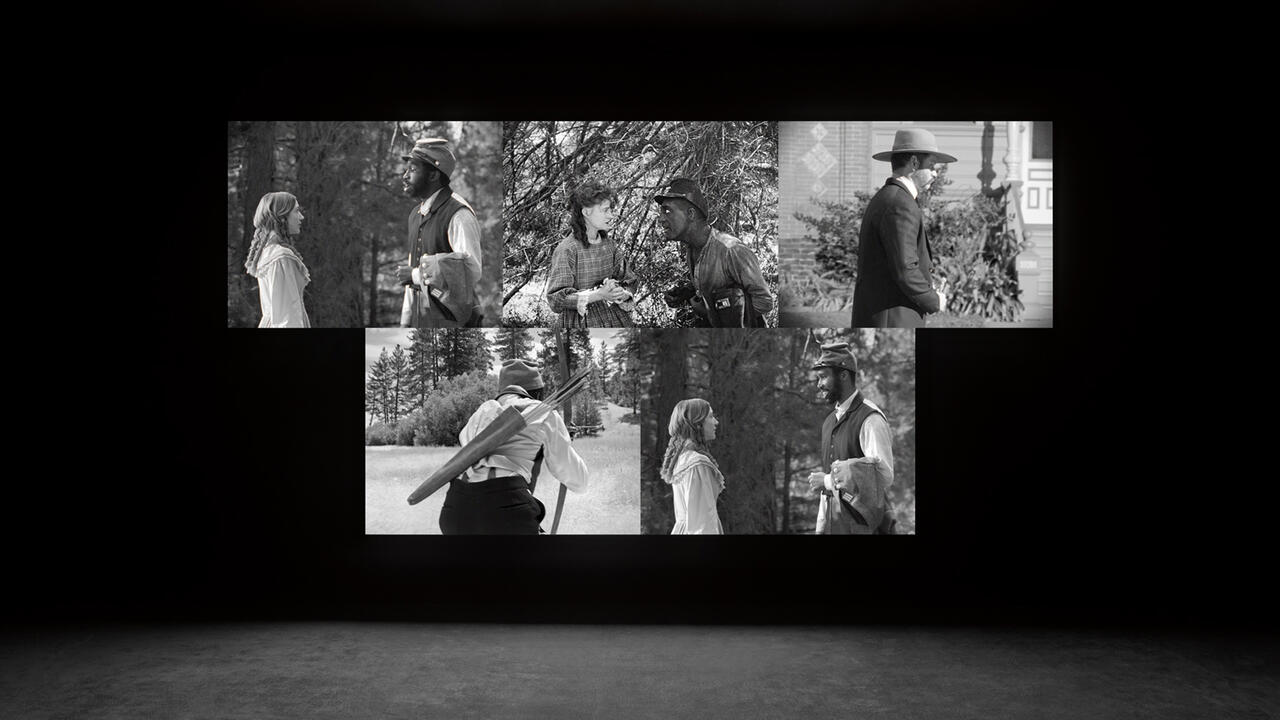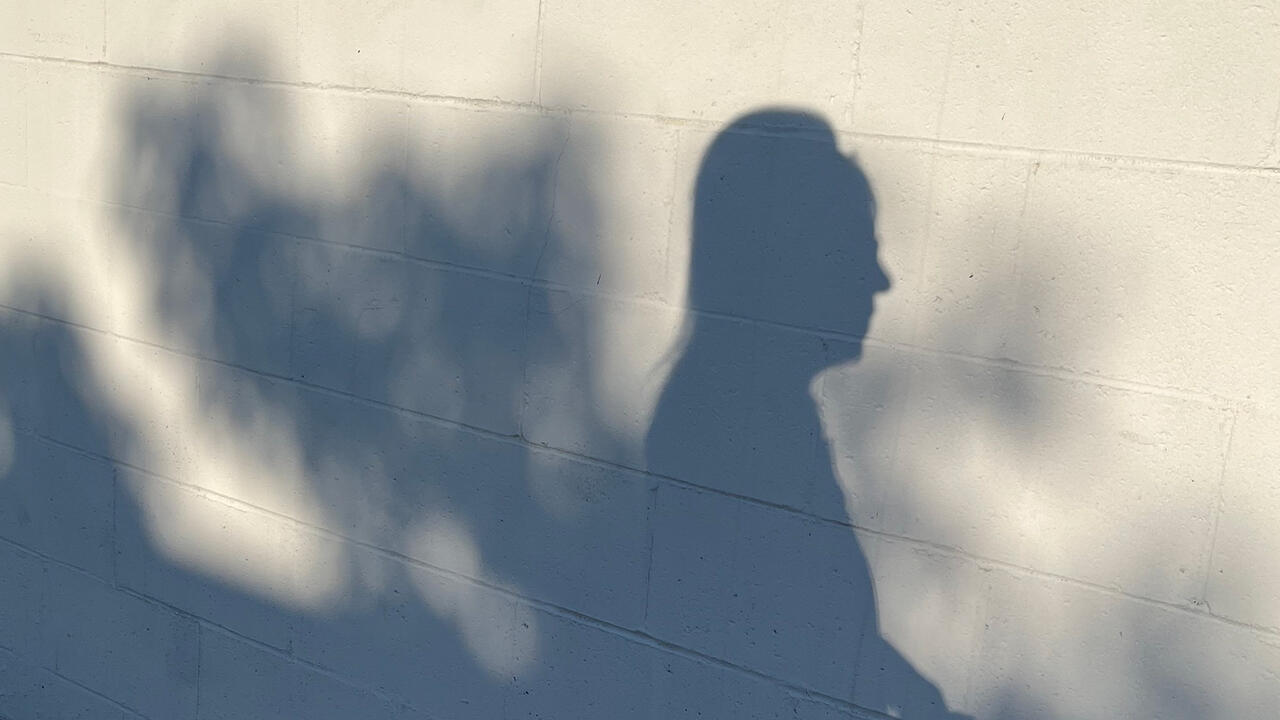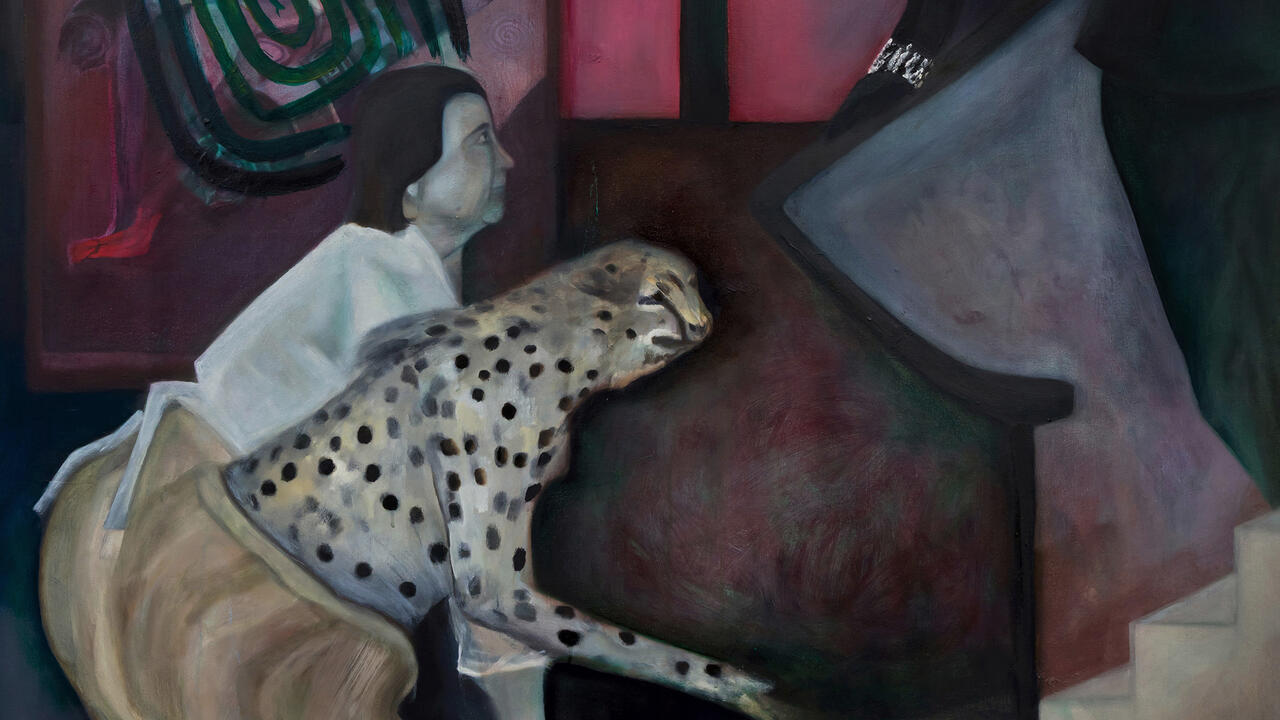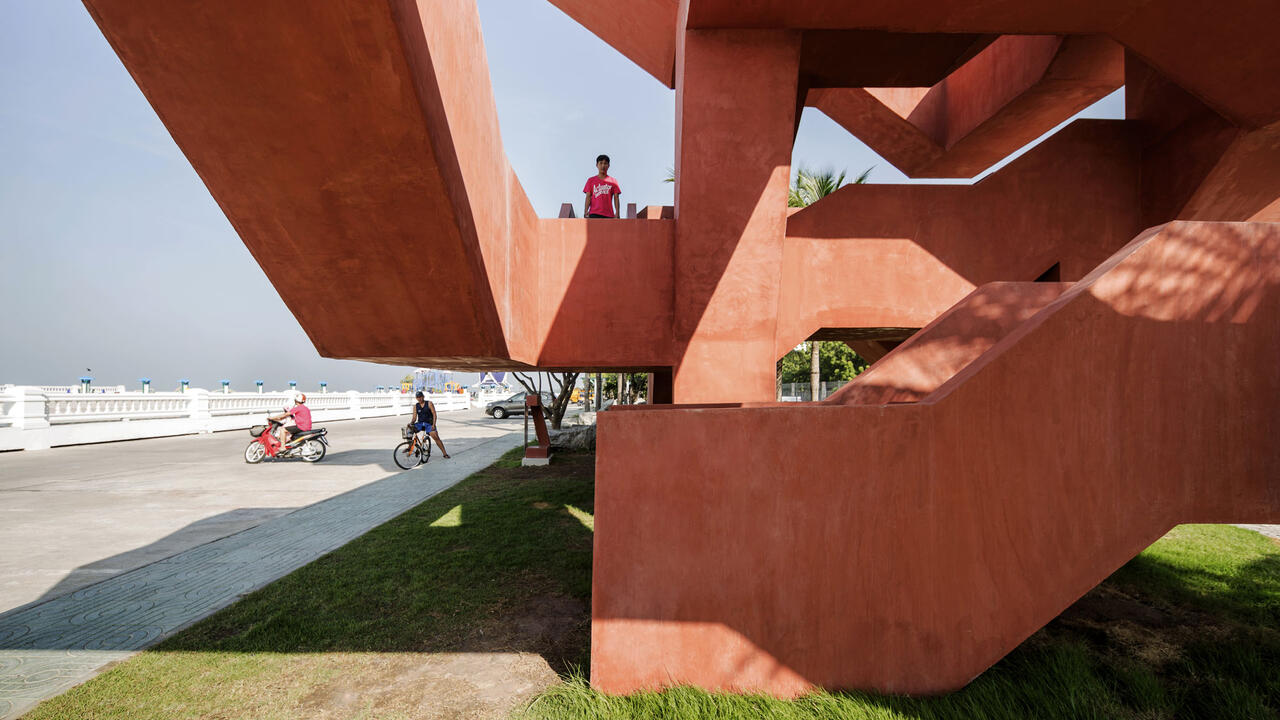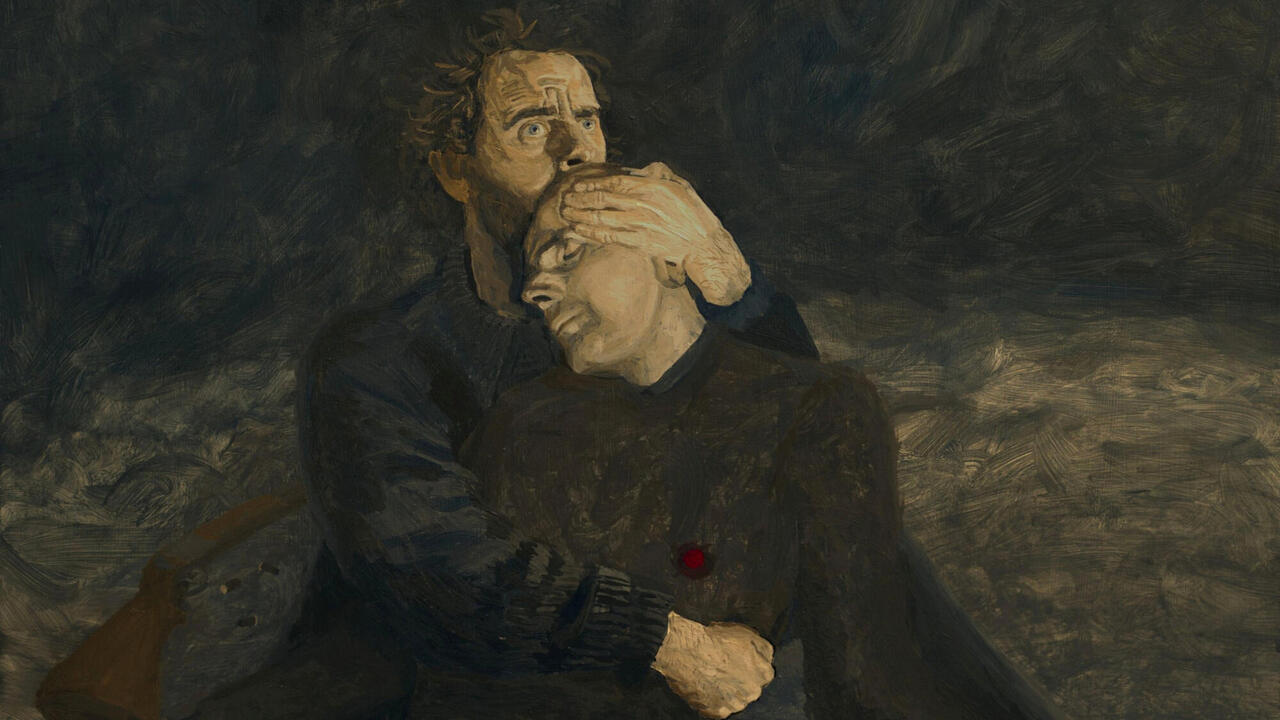It’s a Kind of Magic
Mat Collishaw’s virtual-reality tribute to photo pioneer William Henry Fox Talbot suggests what VR can learn from early photography’s reception
Mat Collishaw’s virtual-reality tribute to photo pioneer William Henry Fox Talbot suggests what VR can learn from early photography’s reception

In ‘Thresholds’, a new installation running from 18 May to 11 June at Somerset House, London, in collaboration with Blain|Southern gallery, Mat Collishaw presents a virtual reality experience in which, the official press release claims, Britain’s first major exhibition of photography in 1839 is ‘restaged’.
The 1839 exhibition took place in Birmingham’s King Edward’s School at the annual meeting of the British Association for the Advancement of Science. William Henry Fox Talbot, the inventor of the negative-positive paper photography process (not to be confused with the copper-plated Daguerreotype process invented the same year in France by Louis Daguerre), brought his ‘photogenic drawings’ to this prestigious event not only to show off the new technology to prominent scientists and intellectuals of the day, but also because he was aware of its potential to thrill.

Talbot’s invention was not just an important scientific advancement, it was also a kind of magic. Drawings and paintings were imperfect representations created by the human hand; they bore no relation to the thing itself. But photographs did – the resulting image was an indexical trace of the actual thing, like a handprint. The photograph was reality itself, captured and imprinted on paper. And more amazingly, because it could be copied and carried, it could be viewed anywhere.
The wonder of this is hard for us to grasp in 2017, inundated as we are with a constant stream of images – things and moments, in other places and other people’s lives – brought to us, often as they are occurring, on an endless array of screens. Prior to 1839, in order to see the actual person, thing or event, you had to be there. So when photography froze reality and made it portable, it was something like sorcery and it caused both exhilaration and fear.
By using VR technology, Collishaw attempts to create a similar magic in ‘Thresholds’, allowing spectators (again, as per the press release), to ‘travel back in time’ to experience something 178 years after it first occurred. Visitors are kitted out with VR headsets, connected to a computer, which is worn like a backpack, while a pair of headphones completes the ensemble.

Once you enter the space, the whiteness of the walls and empty vitrines are suddenly transformed into the Gothic interior of King Edward’s School as it looked in 1839, with its stone walls, leaded glass windows and mahogany doorframes. The formerly empty vitrines are now lined with the latest in 19th century image technology – fuzzy photographs of windows and building exteriors, and numerous photograms of leaves, which prove that nature itself can indeed be captured on paper.
The experience is an entertaining one, certainly, but it is also easy to question the artistry. Many of us think of VR as something for online gamers or those whose job it is to dream up new attractions at Disney World; and while its appearance in art museums and galleries is increasing, it is still often considered a techno-gimmick with a looming expiration date. In a recent article, ‘What’s New?’ for The New Yorker, critic Peter Schjeldahl describes artists’ use of VR as ‘typical of new art’s galloping technological novelties [...] likely to become old hat in short order’. This criticism is eerily similar to the one the photographer Alfred Stieglitz himself formulated in 1897 when photographic technology had advanced enough for Kodak to put it into the hands of the masses: ‘photography is a fad well-nigh on its last legs ...’
In a sense, photography and VR both trade on the notion of bringing to the viewer an actuality that would be either difficult or impossible to experience otherwise. Talbot’s famous photograph, The Open Door (1844), which depicts a broom leaning in a doorway at his Lacock Abbey home, enabled viewers in his own time to see it without having to travel to Wiltshire. It also allows us to see it in 2017. In a similar vein, VR allows its audiences to visit the Great Wall of China or cruise the streets of Miami in a stolen car without actually doing these things. But is any of this objective truth? No. And this is exactly where art plays a role.

Talbot’s broom was a real object and the doorway in which it leant was also real, but seeing the photograph is not the same as being there. When we look at the photograph, what we are actually seeing is Talbot’s vision in the moment he pressed his camera’s shutter release. The height, the angle, the composition, the tones, and the texture of the paper on which it was printed are all Talbot. Had someone else attempted to capture the same scene at the same moment, the result would have been different. Understanding this and learning how to exploit it was how photographers became artists. After all, ‘a painter’s eye’, Talbot claimed in his 1844 book The Pencil of Nature, ‘will often be arrested where ordinary people see nothing remarkable.’
‘Thresholds’ does not ‘restage’ Talbot’s 1839 exhibition, nor do we ‘travel back in time’ to see it. Collishaw has not recreated an historical experience, but has instead constructed an entirely new one. The end product is ultimately Collishaw’s vision and it teems with the reverence he has not only for the wonder of photography, but also for the power of its illusions. Walking through the River Rooms at Somerset House with a smartphone strapped to my face, I did not feel as if I had been miraculously transported to Victorian Birmingham, but I did experience something unique and strange, even slightly unnerving – perhaps not unlike the feeling experienced by viewers of those first photographs in Birmingham. More importantly, however, I gained a sense of Collishaw’s own respect for the magical medium that enabled his virtual reality tribute.

Photography broke free from its perception as a purely mechanical technology when it stopped trying to convince viewers that what they were looking at in the picture was the same as being there. Locating its capacity for subjectivity is how photography found its art and if history proves to be a good indicator, this is also how VR will shake off its own reputation as gimmick and spectacle – getting past the technology to discover the art.
Mat Collishaw, 'Thresholds' is on view at Somerset House, London until 11 June, 2017.
Main image: Mat Collishaw, 'Thresholds' at Somerset House, installation view, 2017. Courtesy: Somerset House, London; photograph: Graham Carlow










